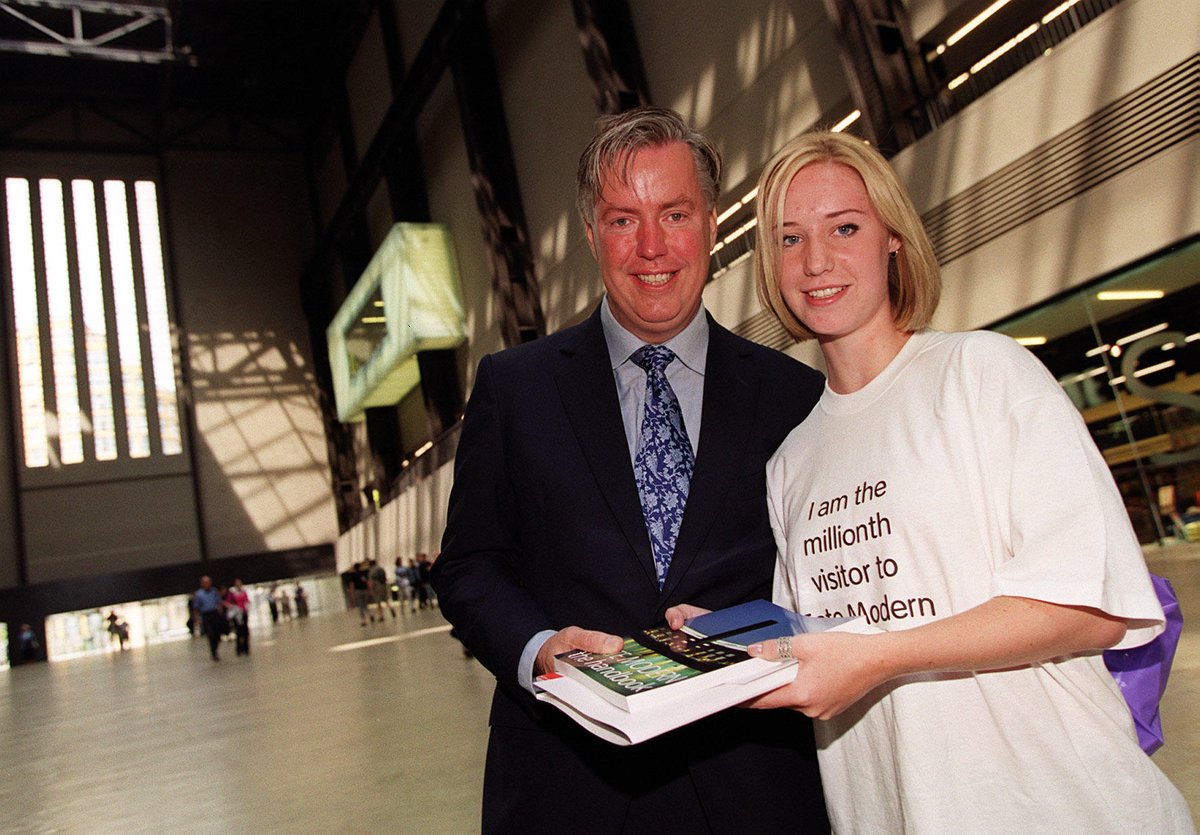What’s on this month…
Between cinema and a hard place, focusing on installation art, Herzog and De Meuron, Louise Bourgeois in the Unilever series, plus the collection displays showing Modern art from 1900 onwards in four themed groups.
The thinking behind exhibitions…
The exhibition programme begins in January 2001 with Century city: art and culture in the twentieth-century metropolis looking at nine cultural hotspots. In a sense the show is our mission statement: it says that we have a wider global perspective, beyond the traditional Western world; that we are rooted in visual art, but also look at design, architecture and other cultural forms where they are relevant to visual art.
We aim to be both a solid, national museum of modern art and a Kunsthalle type of organisation. At any given time there should be a classic modern exhibition alongside a contemporary show. We know from visitor research that the audience for Bonnard does not tend to look at the contemporary installation next door, and vice versa, so we will try to encourage people to make the crossover by building up relationships between the shows and introducing discounts for those who buy tickets to both exhibitions.
Who chooses…
I have final responsibility for the programme together with Iwona Blazwick, head of exhibitions, and we work very closely with the education and interpretation departments. We are very open to using outside curators because it is important to have an influx of fresh ideas, but it is not a firm principle. We do not involve them as systematically as Tate Britain, where they normally pair an in-house curator with an outside expert.
How do you co-ordinate with Tate Britain…
Tate Britain has a national brief and in terms of exhibitions, most of the twentieth-century British art will be shown there. In a sense we are lucky because we are able to choose artists using criteria other than nationality, and whatever we do will be presented in an international context. We have been trying to develop a set of rules for who does what, but it has proved quite difficult because sometimes it is more rewarding to see an artist in a deep British context, sometimes in an international context.
Any complaints…
We have had incredible feedback from visitors and the majority seems to feel that the thematic approach to the collection displays enhances their experience and helps them come to grips with why artists do what they do. The response has been about two-thirds positive and one-third negative. It is interesting to compare this with the critics’ views: while the major New York critics were largely negative, critics from continental Europe responded favourably and in Britain it was about 60:40 negative/positive.
The budget…
We have an annual framework budget of £12-£13m and it is not possible to say meaningfully what average proportion of that is for exhibitions. It is often easier to finance the big, classic modern exhibitions, such as Picasso-Matisse (in 2002), even though they are more expensive, so the exhibition budget could be twice as big that year. If one exhibition is financially strong it could allow for another exhibition that doesn’t attract sponsorship.
How many shows a year…
Three large and three mid-scale shows; twelve altogether including displays in the Turbine Hall and outside projects.
The average lead time…
About six months, for smaller, contemporary projects, and up to six years for big shows.
Permanent display galleries versus temporary exhibition space…
Two floors of gallery space for permanent displays and one floor plus the Turbine Hall for temporary exhibitions.
Entrance charges
Depending on scale, £3-£9; on average £5-£7.
Attendance figures
Two days ago (11 September) we passed two and a half million, our annual target, after just four months. About 1,000 per day have paid to see “Between cinema and a hard place”.
Approach to interpretation and labelling
The most important thing is to be transparent about what we are doing and the thinking behind it. That is why we use wall texts. The trick is to provide a range of tools, on different levels without ruining it for those who already have the catalogue in their heads, as it were, and just want the pure experience. We also provide audio tools including ones designed for children or the visually impaired.
• Originally published in The Art Newspaper with the headline "Anatomies of exhibitions: Tate Modern, a global perspective"


